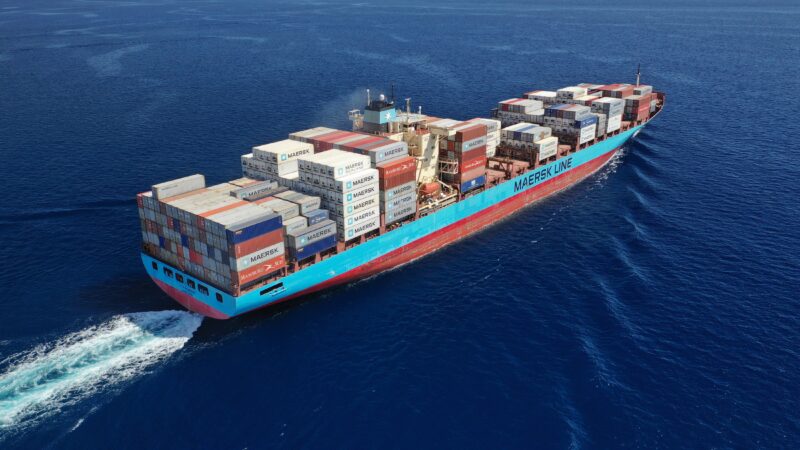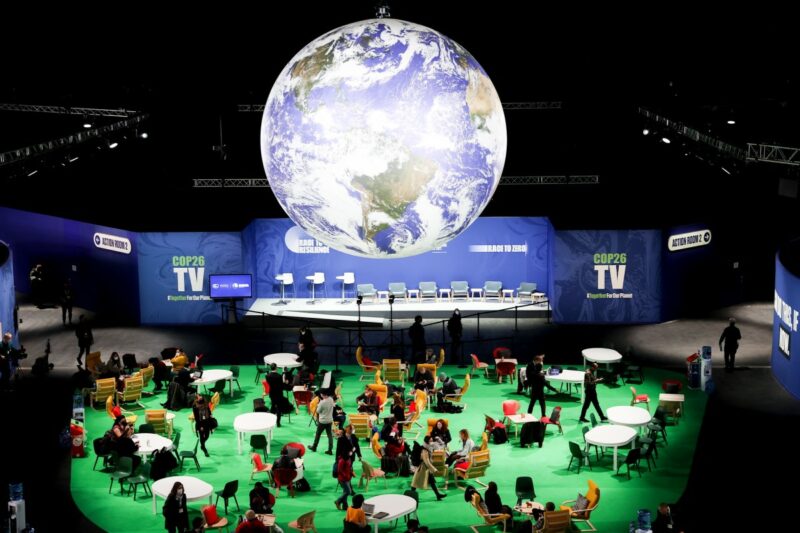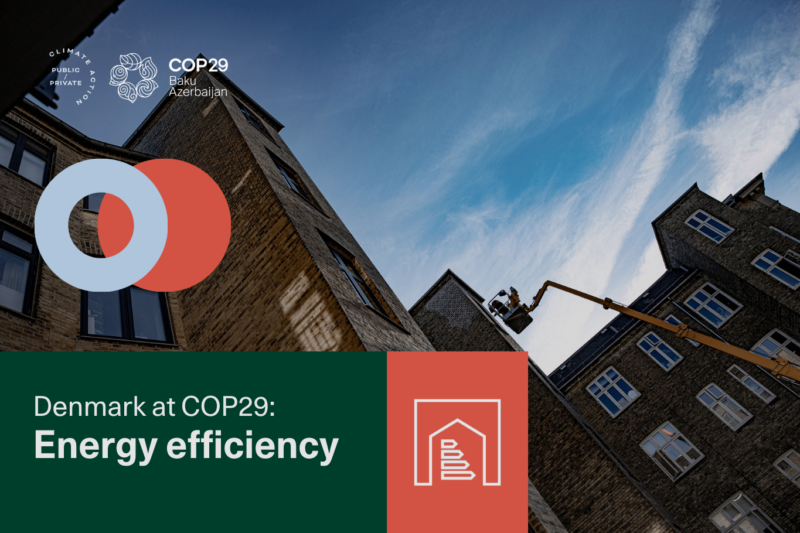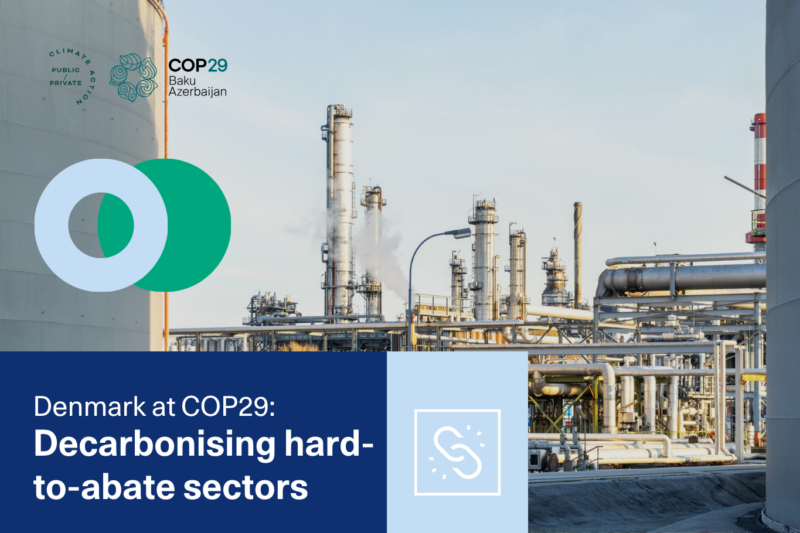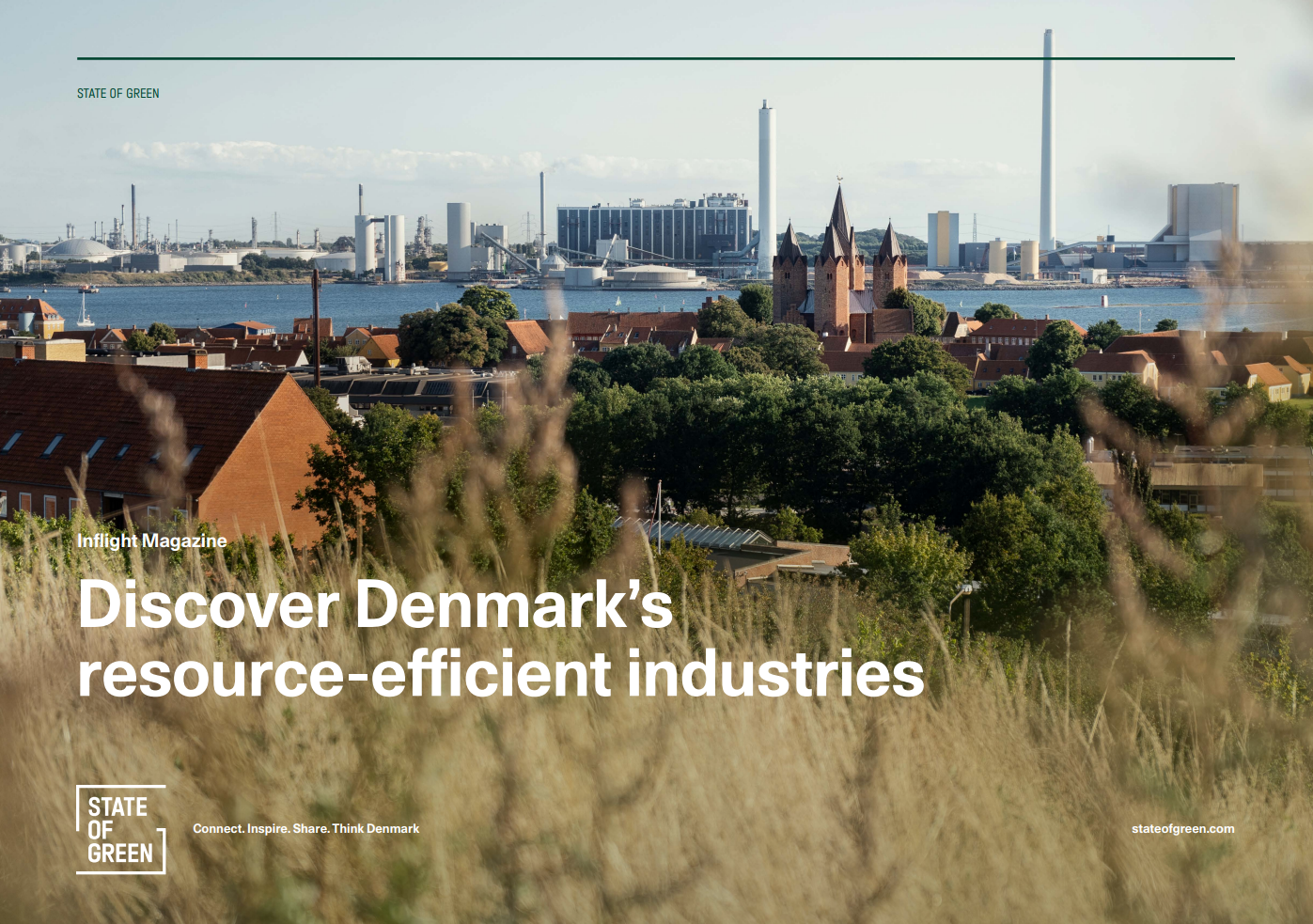News
Energy efficiency in industry
Green shipping
Accelerating Technological Adoption in the Maritime Industry

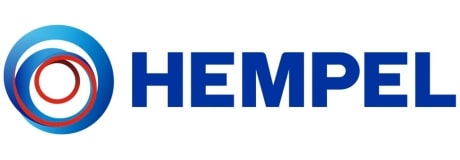
The Sea Cargo Charter (SCC) has taken a pivotal step towards sustainability in the maritime industry by establishing a common reporting baseline for voyage emission data on charterers’ operated fleets. This move marks a significant commitment to data transparency and represents a crucial stride towards a more sustainable future for maritime operations. However, the latest SCC report reveals that, on average, the maritime industry fell 17% short of the international climate goals set by the International Maritime Organization (IMO) in 2023.
With so much seeming good-will in the industry, why are we still falling behind?
“From the perspective of a technology supplier, it is clear that numerous mature technologies that deliver fuel savings and reduce emissions are available. Unfortunately, these technologies are not being utilized on a larger scale across the industry. Although there is a positive trend in the collaboration between shipowners and charterers, this segment of the global fleet still shows the lowest adoption rates of energy efficiency technologies. The reasons behind this are multifaceted, but often boil down to economic incentives and operational dynamics,” says Nikolaj Malmberg, Head of Business Development, Marine, at Hempel A/S.
The solution is two-fold, he goes on to explain:
- Overcoming the Split Incentive Barrier
The split incentive is a fundamental challenge in the maritime industry’s decarbonisation efforts. Shipowners bear the costs of maintenance and retrofitting, while charterers benefit from reduced fuel consumption and emissions. This misalignment of incentives hampers the widespread implementation of technologies that could significantly reduce emissions and operational costs. While regulations and transparent emissions reporting, such as using the Energy Efficiency Operational Indicator (EEOI), are beginning to address this issue, more structural changes are needed. To scale decarbonisation efforts effectively, the industry requires a structural shift that ensures a quantifiable win-win for both parties. One practical approach to achieve this is the development of standardized charter party clauses that financially incentivize owners to invest in efficiency improvements. By incorporating these clauses, charter parties can be structured to provide tangible financial rewards through higher rates for shipowners who invest in energy-efficient technologies, thereby aligning the interests of both parties. - Leveraging Mature Technologies for Immediate Impact
There is no shortage of mature, effective technologies that can be deployed to achieve significant fuel savings and emission reductions. The maritime industry must prioritize the large-scale adoption of these technologies to make meaningful progress towards climate goals. By doing so, the industry can not only improve its environmental footprint but also enhance operational efficiency and reduce costs, benefiting all stakeholders in the industry.“If we embrace transparent reporting, regulatory support, and innovative charter parties, the industry can create a much more collaborative environment that promotes the widespread adoption of energy efficiency technologies. In turn, these changes will enable the maritime sector to make significant strides towards sustainability and meet international climate targets more effectively. The collective effort to align economic incentives and leverage available technologies will be crucial in driving the industry towards a greener and more efficient future,” concludes Nikolaj.
You should consider reading
publications
Energy efficiency in industry
+7
